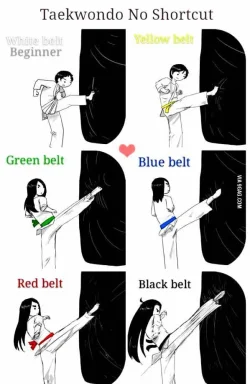That was my personal opinion on the subject.
It's easy to teach them in isolation. However, even if teaching them together, do you look at both of them in depth? Or do you focus on teaching the block sometimes and the stance other times?
When I first started at my school, I also went online and watched Ginger Ninja Trickster's tutorials on YouTube. The guy could spend 8 minutes talking about a front kick - and his information is well-edited and succinctly delivered. He goes over every detail of the kick, applications for the kick, variations of the kick, and troubleshooting if you're doing the kick wrong. If we took that approach and went into every detail of every technique, we could get through front kick, roundhouse kick, and side kick in about 25 minutes, and that's not even giving students enough time to practice!
So how much time do you devote to stances or blocks? Is the stance just kind of there, and you teach the block? Or is the block just kind of putting your arm up, and you teach the stance? Or do you spend twice the time and teach both at the same time?

 ) and letting them build a working approximation, as compared to giving them full instruction and having to correct what they've misunderstood.
) and letting them build a working approximation, as compared to giving them full instruction and having to correct what they've misunderstood.